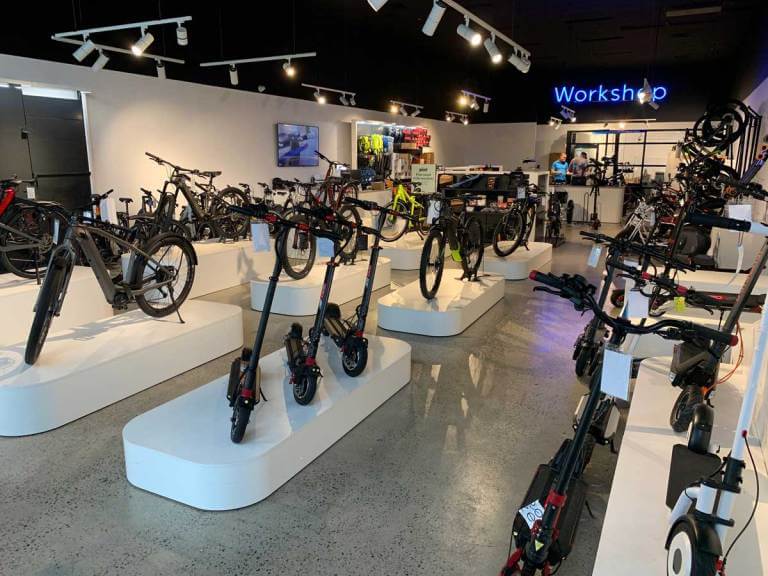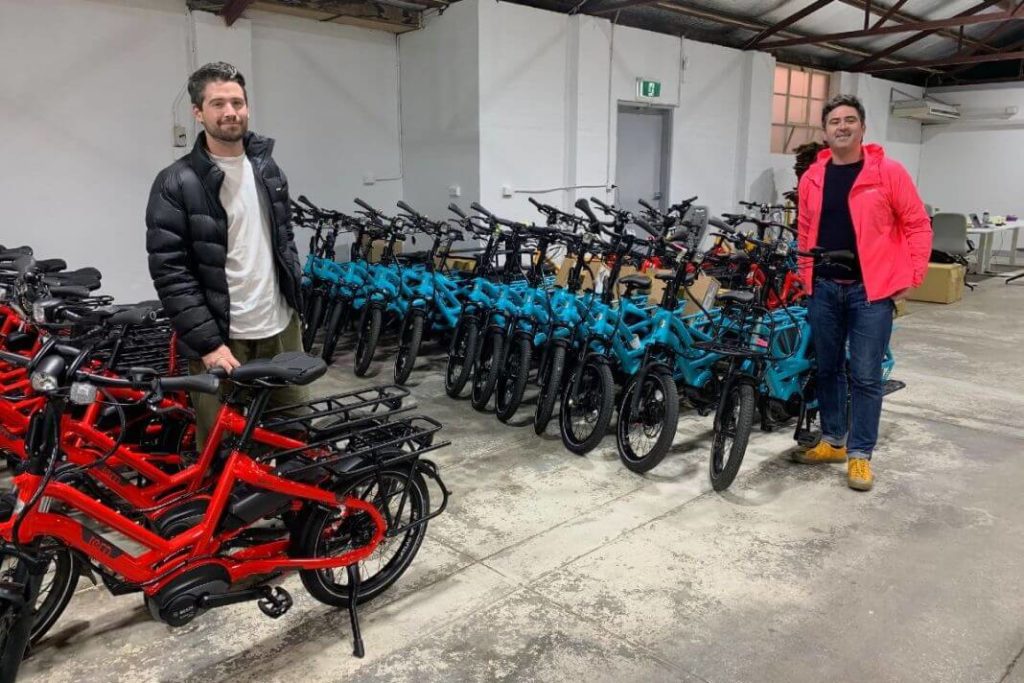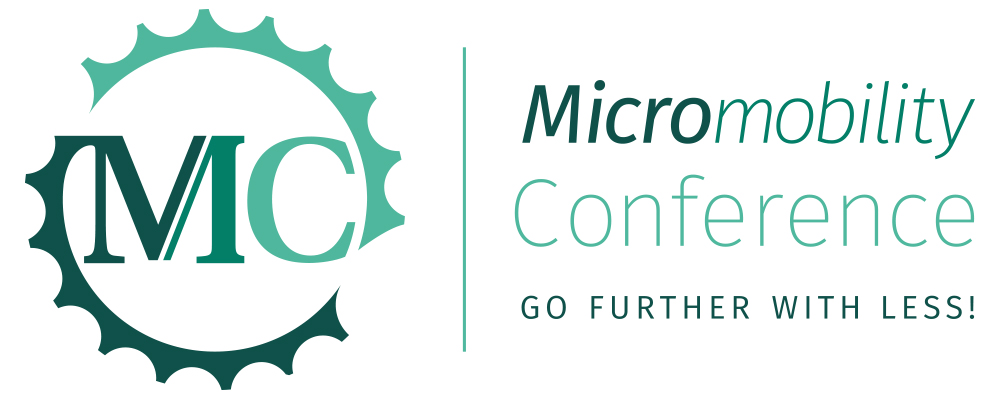
How we’ll run Micromobility’s economic engine
This will be a deep dive into the business of micromobility.
The traditional bicycle industry, which is now two centuries old, has been turned on its head in recent years by a perfect storm of changes including the massive growth of electric power assist and new device platforms, an unprecedented covid-induced surge in demand and equally unprecedented supply chain challenges at every stage from raw materials through to manufacture and shipping.
Meanwhile the micromobility start up world has gone into orbit, strapped to a rocket fuelled with seemingly limitless amounts of venture capital.
As a result, companies barely more than a few years old are achieving multi-billion dollar valuations. The need to earn profit is pushed down the priority list behind an urgent race to gain scale and market share.

Making it Pay – What
Despite this apparent chasm between the old and new worlds of micromobility, both face many common challenges and both can learn invaluable lessons from each other. Therefore Making it Pay will present a unique and hopefully enlightening opportunity to bring market leaders from both worlds together into the one room to learn first-hand about each others’ major challenges, successes and future business opportunities.
We’ll start by having leading authorities present the latest data across these sectors, then hear from industry experts about predicted future trends.
Then we’ll give the stage to those who are out there in the market place, starting and running companies, taking risks and growing new markets.
We’ll look at new sectors such as MaaS (mobility as a service), the shared economy, business aspects of ‘big data’ and more.
Because the traditional bicycle industry and the emerging technology world do have some issues unique to each, we’ll have a break-out session where each group can discuss subjects of particular interest to their specific sector.

Making it Pay – Who
Making at Pay will be a must-do activity for all members of the micromobility industry including traditional manufacturers, wholesalers and retailers, plus service providers, investors, share scheme operators, consultants and more.

The micromobility industry
The micromobility industry is one of the hottest sectors in the transportation world right now. And it’s not hard to see why. Micromobility products offer a convenient, flexible, and often more affordable way to get around than traditional cars and public transit. And as cities continue to grow and traffic becomes more congested, micromobility products are only becoming more popular.
There are a few different types of micromobility products on the market, including electric scooters, bicycles, and skateboards. And each type of product has its own set of benefits. For example, electric scooters are ideal for short trips around town, while bicycles are better for longer commutes or exercise. On the other hand, Skateboards are perfect for getting around campus or running errands.
The micromobility industry is still in its early stages. But it’s growing quickly, and there’s no doubt that it will continue to evolve in the years to come.
Why the micromobility industry matters
The micromobility industry is one of the most important industries of the future. Micromobility refers to the use of small vehicles for transportation, such as bicycles, scooters, and skateboards. This form of transportation is becoming increasingly popular as people seek alternatives to cars and public transportation.
The micromobility industry is expected to grow significantly in the next decade, and it is already having a major impact on cities around the world.
Micromobility is a more sustainable form of transportation than cars or public transportation. It uses less energy and produces fewer emissions. Second, micromobility is often more efficient than other forms of transportation. It can be faster and easier to get around on a bike or scooter than it is on a bus or train.
Micromobility can help to reduce traffic congestion and improve air quality in cities. It’s an affordable form of transportation that can help people save money. And finally, micromobility is just plain fun!
Background
The micromobility industry began to take off in the early 2010s, thanks to advances in technology that made electric vehicles more affordable and practical. Since then, micromobility companies have been popping up all over the world, providing alternative transportation options for city dwellers. In some cases, micromobility has even been shown to reduce traffic congestion and pollution levels.
Despite its potential benefits, the micromobility industry faces several challenges. One of the biggest is regulatory hurdles, as many cities are still figuring out how to deal with this new form of transportation.
There are also safety concerns, as accidents involving scooters and other micromobility vehicles have been on the rise. Despite these challenges, the micromobility industry shows no signs of slowing down. It will be interesting to see what the next few years bring for this rapidly growing industry.
